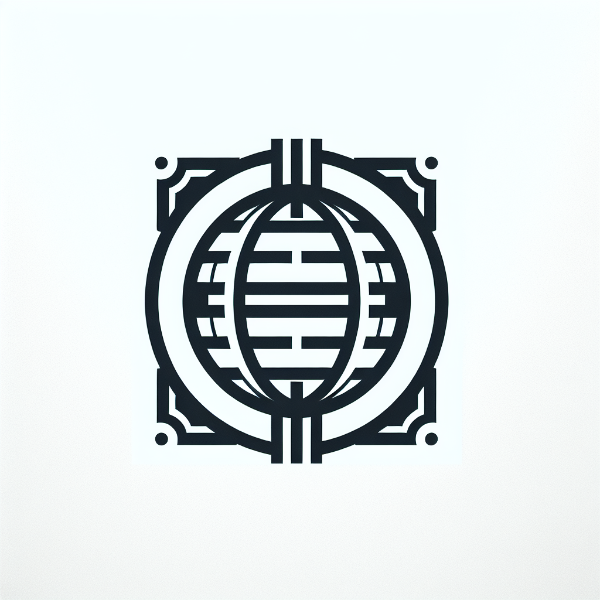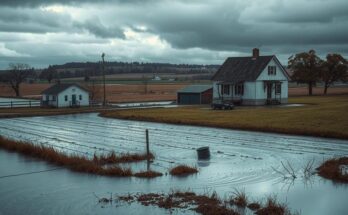A study reveals that the October 2024 earthquake in Iran was not triggered by a nuclear test, contradicting misinformation circulating on social media. Led by Dr. Benjamin Fernando, the research indicates the quake stemmed from natural seismic processes in a geologically active region. The swift spread of unverified claims highlights the significance of accurate scientific communication during geopolitical tensions.
Recent research has revealed that a 4.5 magnitude earthquake in Iran was not a result of a nuclear test, as speculated amid heightened tensions in the Middle East. This study, led by Dr. Benjamin Fernando of Johns Hopkins University, emphasizes the dangers of misinterpreting scientific data during geopolitical crises. It highlights how misinformation quickly spread on social media regarding the earthquake’s origin in October 2024, despite evidence to the contrary.
The earthquake struck on October 5, 2024, near Semnan, a seismically active area. Dr. Fernando’s team analyzed seismic signals from the event, concluding that the quake was caused by natural seismic activity rather than a nuclear test. Their findings supported that the earthquake resulted from tectonic forces due to the collision of the Arabian and Eurasian plates, ruling out any connection to unusual sources.
Dr. Fernando articulated that seismic waves convey critical information about their sources. By analyzing the waves, researchers can determine the underlying geological processes. This earthquake demonstrated characteristics of a reverse fault—one typical of natural seismic events—rather than the explosive signature associated with nuclear tests.
Additionally, the Comprehensive Test Ban Treaty Organisation confirmed historical occurrences of earthquakes in the region from 2015 and 2018, both unrelated to nuclear activity. Despite the scientific clarity, narratives of a potential nuclear test started circulating on social media within minutes after the quake, with a significant portion attributed to misinformation spurred by misinterpreted data.
The first indication of a nuclear test theory was posted on Twitter less than half an hour following the earthquake. Bizarrely, some narratives connected the Iranian earthquake to a separate seismic event in Israel occurring simultaneously. Some posts promoting these theories originated from accounts associated with Russian disinformation initiatives.
The researchers assessed that misinformation rapidly transitioned from social media to global news outlets. Notably, Indian media exhibited a surge in reporting these claims, often citing each other without verifying the seismic data. Coverage also emerged from various countries, including the UK, the US, and Israel, propagating the unfounded assertions about a nuclear test.
To combat such misinformation, the team proposed collaborations among seismologists for rapid-response fact-checking. Dr. Saman Karimi, a geophysicist, suggested that scientific agencies should swiftly release detailed reports to counter false narratives effectively. She stressed that partnerships between social media platforms and verified scientific entities could be instrumental in preventing the spread of misleading information.
The research stems from concerns regarding misinformation surrounding seismic events, particularly amidst political unrest. In an age where social media rapidly disseminates information, accurate scientific interpretation is critical to prevent misunderstandings that can escalate geopolitical tensions. The study underscores the vital role of data analysis and the necessity for prompt and effective communication regarding seismic activity, especially given the sensitivity of the region involved.
The study led by Dr. Fernando emphasizes that the earthquake in Iran was a natural geological event, not a nuclear test, despite widespread social media speculation. It highlights the importance of accurate scientific communication during crises and the risks associated with misinformation. The need for further cooperation among scientists and media outlets is paramount to curb the spread of misleading narratives and to ensure that accurate information prevails in the public domain.
Original Source: www.lebanondemocrat.com




